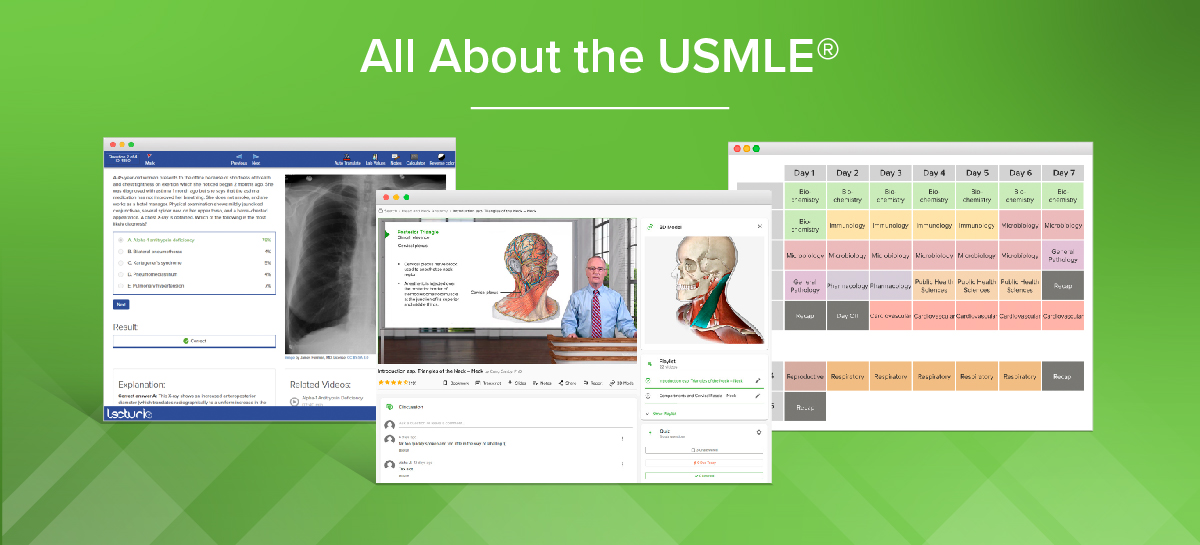What is Telemedicine?
Telemedicine is the remote diagnosis and treatment of patients by means of telecommunications technology.
In telemedicine, physicians and patients don’t meet in person, but have a remote appointment using electronic communications, and all medical information and care are delivered digitally.
In a way, this has existed for a long time, says Emanuele M., MD, a pediatrician from California who has been working in telemedicine for years: “Parents always used to call their pediatricians to describe their child’s symptoms and get a quick word of advice. But now we have video and so many other tools, and recently (with the pandemic being a big factor) the way people perceive telemedicine has changed drastically. People now trust it a lot more and are more willing to use telemedicine and benefit from its advantages.”
Pros and Cons of Using Telemedicine for Patients
Seeing your doctor only over a video call certainly has many advantages:
- No commute: You can see your doctor from anywhere, without any delay and avoiding a long drive. This can be a huge advantage, especially for those living in a remote area, people having trouble traveling physically, or for anyone who is simply unable to spare the time off work to make the lengthy journey and wait in a doctor’s office. Also, for people currently traveling away from home and needing to see a doctor while on their trip, telemedicine is a great option.
- Cost: For many, seeing a doctor in person is not something they easily have the budget for. With telehealth appointments often being a lot more affordable, they can be a popular choice, especially for young people without health insurance.
- Privacy: A double-edged sword. Many patients are wary of sharing their health information online, and the risk of cyberattacks and data leaks is a valid concern. If you do trust the technology, though, it may be more comfortable for some to show and share an embarrassing health issue over video, from their own home, with a doctor they will never meet in person. It is a more anonymous way of getting treatment.
A reason why patients might choose not to use telehealth is issues with using the technology; e.g., for older patients. The “boom” in telemedicine has its downsides, too: A considerable number of apps and new companies started offering telemedicine services during the pandemic, and not all of them are trustworthy and of good quality, warns Emanuele.
What is Being a Telemedicine Physician like, and Is It the Future of Medicine?
For Emanuele, one of the biggest challenges (but also the most interesting part) of working in telemedicine is the fact that you have a limited amount of information available to you: You can’t touch the patient, you’re not physically around them, and you can’t examine them the way you would in an office. The only thing you have is the video view, and what they tell you.
“In a 15-minute video appointment, you’re investigating the case only from the story they give you”, he describes.
This makes it an interesting task for a physician, but it also shows the limitations of telemedicine: You are not there with the patient, which excludes many examinations you could otherwise perform directly. Still, because of the telemedicine appointment, you can point the patient in the right direction/to the right specialist for further checks if needed.
Prescribing medications after only seeing a patient over video can be tricky, especially when it comes to drugs that have a higher risk of abuse. Many companies offering telemedicine care therefore have regulations on which drugs can be prescribed without seeing your patient in person.
Emanuele M. therefore doesn’t ever see telemedicine replacing in-person visits, but it can be an asset to the healthcare system if used correctly.
For example, emergency rooms often have a problem with being overcrowded with patients. It is debatable as to whether the overcrowding is mainly due to patients who don’t necessarily need to be there but who weren’t sure and came to check, or due to sicker patients having to wait long periods of time for their admission. In any case, consulting outside the ER in less serious cases first would help many people’s wait times and ease the workload in ERs. The telemedicine physician can perform a triage and tell the patient whether they need to come to the emergency room, ask them to make a regular appointment, or maybe their problem can be solved directly in the call.
Simple conditions can be solved with much fewer resources: For a patient suffering from a UTI, it might be enough for them to describe the symptoms in a video call; the doctor can prescribe a fitting antibiotic, and the problem is solved with minimal time requirements without ever needing to meet in person.
Also, in the monitoring of chronically ill patients, elderly patients, and patients who have been freshly discharged from a clinic, telemedicine definitely has its place and will become more important going forward. With the development of new, better remote patient monitoring solutions and hopefully the rise of solid, universal regulations for providing virtual care to patients, telemedicine can be a big part of medicine’s future.




